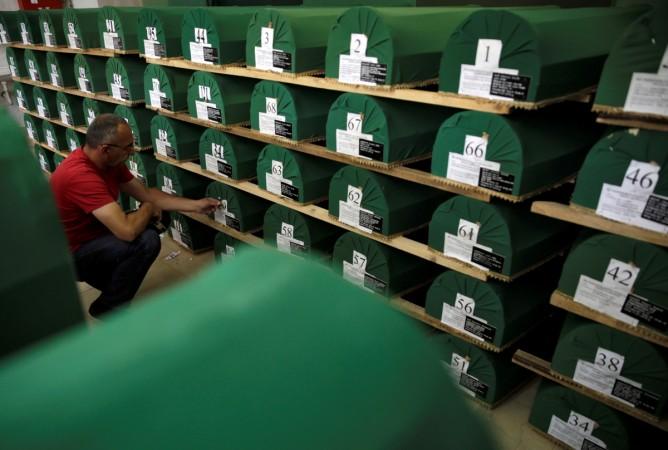
Cryogenic freezing or cryopreservation refers to the process which preserves cells, tissues and body organs by cooling to low temperatures. It is typically done at -80 degrees Celsius using solid carbon dioxide or -196 degrees Celsius using liquid nitrogen.
Recently, a 14-year-old British girl suffering from a rare cancer had requested a court to grant her permission to get cryogenically frozen.
"I am only 14-years-old and I don't want to die but I know I am going to die," she had written to the judge Peter Jackson.
"I think being cryo-preserved gives me a chance to be cured and woken up -- even in hundreds of years' time," she added as per a NDTV report.
The girl had divorced parents; her father had initially rejected this plan of hers but her mother supported her wish regarding her body's disposal.
A legal action was launched by the girl to get her mother's support. She stated in her statement that only her mother should be allowed to make the decision about her body's disposal.
Later on, her father, whom she hadn't seen for eight years, agreed with her decision.
This rare case was not reported till Friday, in which the judge abided by the girl's wish of keeping all the people involved unidentified.
"Even if the treatment is successful and she is brought back to life in, let's say, 200 years, she may not find any relative and she might not remember things," her father told Jackson as per a NDTV report.
"It is no surprise that this application is the only one of its kind to have come before the courts in this country -- and probably anywhere else," he said.
Here are some interesting facts about cryogenic freezing or cryopreservation:
- The procedure should be started as soon as the patient dies in order to preserve the brain cells from dying.
- The body temperature is lowered with the help of ice baths before freezing them completely.
- To avoid cell damage and crystallisation, the blood from the body is replaced using cryoprotectant fluid.
- The bodies are transferred post this process.
- The bodies of the deceased are put into arctic sleeping bags before being placed in tanks to be preserved.
- At times, only the head of the deceased is frozen.
- The scientists are yet to prove that they will be able to resurrect the patients.
- Only the United States and Russia-based companies do this.

















